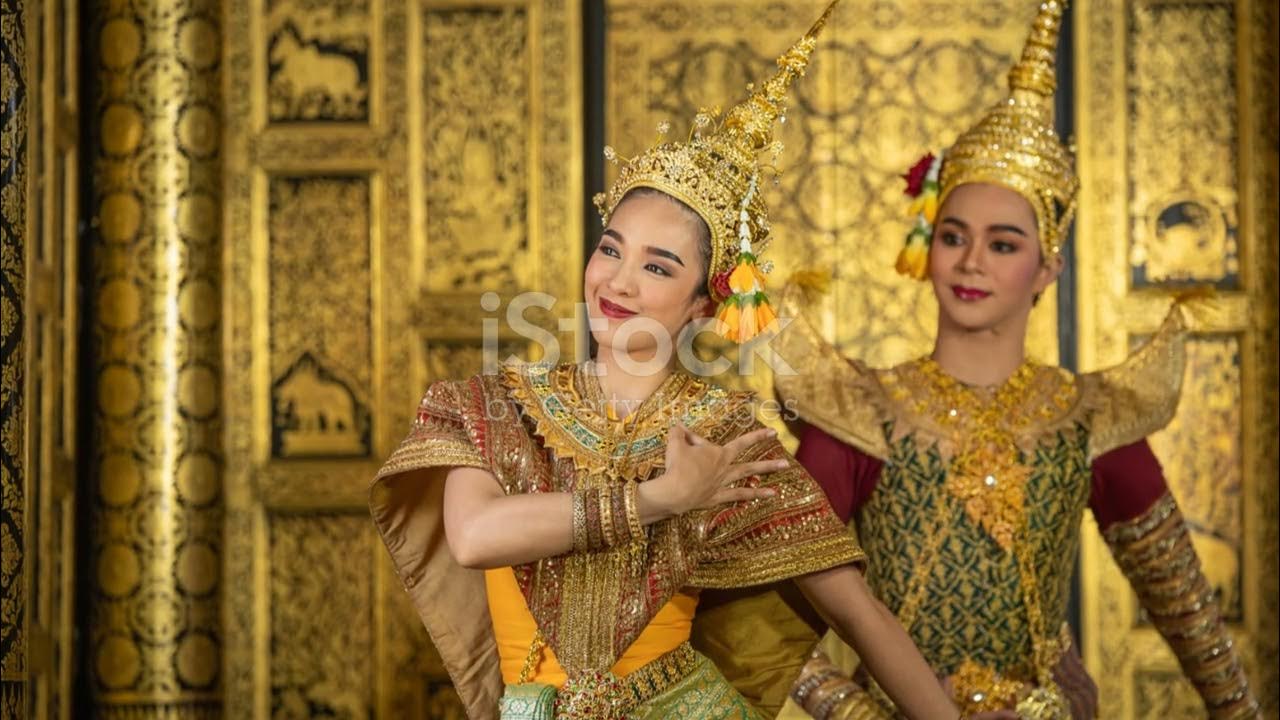Latin Asians | Asian American Life
Summary
TLDRThis video explores the rich cultural tapestry of Asian Latinos, focusing on individuals like Michael Jung, who embodies a unique blend of Korean and Dominican heritage. It traces historical migrations from Asia to Latin America, highlighting the impact of trade routes and labor migration on cultural exchange. Personal stories from people like Fabiana Chu and Eduardo or Shiro reveal the pride in their dual identities and how they navigate cultural perceptions. The video emphasizes the celebration of this multiculturalism through food, art, and community, showcasing the vibrant existence of nearly half a million Asian Latinos in the United States.
Takeaways
- 😀 New York City is a melting pot of cultures, prominently featuring the unique blend of Asian and Latin identities.
- 🌍 Michael Jung represents the Asian Latino experience, having been raised in the Dominican Republic with strong connections to both Korean and Latino cultures.
- 🚢 The historical presence of Asians in Latin America dates back to the 16th century, highlighting significant trade relationships established through the Manila galleon trade.
- 👥 Filipinos were the first Latin Asians in the Americas, followed by Indian and Chinese laborers in the 19th century.
- 🌎 Cuba has a notable Chinese population that emerged from labor migration, leading to a vibrant community and economic contributions.
- 📸 Marie's multimedia series documents her Chinese Cuban ancestry, reflecting the complexities of tracing heritage across cultures.
- 🇵🇪 Peru has the largest Asian population in Latin America, with many people of Chinese descent integrated into Peruvian society.
- 🤝 Fabiana Chu shares her experiences as a fourth-generation Chinese Peruvian, emphasizing her pride in both cultures despite societal labeling.
- 🍽️ Peruvian cuisine showcases the blend of Asian culinary traditions, particularly Chinese and Japanese influences, illustrating the cultural fusion.
- 📊 According to the US Census Bureau, nearly half a million Asian Latinos live in the United States, predominantly in major cities like New York, Texas, and California.
Q & A
What is the cultural background of Michael Jung?
-Michael Jung is a second-generation Korean who was raised in the Dominican Republic. He identifies strongly with his Latino upbringing.
How does Michael Jung describe his behavior in relation to his cultural identity?
-Michael describes himself as very outgoing and expressive, using hand gestures and speaking quickly, which he contrasts with the more reserved nature often associated with Koreans.
What historical context is provided regarding the Asian Diaspora in Latin America?
-The script outlines that the Asian Diaspora in Latin America dates back to the 16th century, particularly through trade routes like the Manila galleon trade, which connected Asia and the Americas.
Who were the first Latin Asians in the Americas, and how did they arrive?
-Filipinos who participated in the Manila galleon trade were the first Latin Asians in the Americas, arriving as part of Spanish trading missions between Spain, Acapulco, and Manila.
What role did Chinese and Indian laborers play in the Caribbean and coastal Peru?
-In the 19th century, Chinese and Indian laborers were brought to replace African slaves on plantations in the Caribbean and coastal Peru, contributing significantly to the local workforce.
What was Marie's mission regarding her family heritage?
-Marie aimed to document her Chinese Cuban ancestry, fulfilling a family wish to connect with her relatives, which involved extensive research due to name changes over generations.
How does Fabiana Chu perceive her racial identity in Peru?
-Fabiana, who is of Chinese Peruvian descent, expresses that she was never questioned about her identity in Peru, but she does feel uncomfortable with being labeled as 'Chinese' regardless of her specific background.
What culinary influences are highlighted in Peruvian cuisine?
-The script emphasizes that Peruvian cuisine has deep-rooted Chinese and Japanese influences, showcasing a fusion of flavors that reflect the country's diverse heritage.
What is the significance of the term 'chino/china' in the context of Latin Asian identities?
-The term 'chino/china' is often used to refer to individuals of Asian descent in Latin America, which can be uncomfortable for those who feel their specific heritage is being overlooked.
What statistic is provided about Asian Latinos in the United States?
-According to the US Census Bureau, there are nearly half a million Asian Latinos living in the United States, with significant populations in New York, Texas, and California.
Outlines

Этот раздел доступен только подписчикам платных тарифов. Пожалуйста, перейдите на платный тариф для доступа.
Перейти на платный тарифMindmap

Этот раздел доступен только подписчикам платных тарифов. Пожалуйста, перейдите на платный тариф для доступа.
Перейти на платный тарифKeywords

Этот раздел доступен только подписчикам платных тарифов. Пожалуйста, перейдите на платный тариф для доступа.
Перейти на платный тарифHighlights

Этот раздел доступен только подписчикам платных тарифов. Пожалуйста, перейдите на платный тариф для доступа.
Перейти на платный тарифTranscripts

Этот раздел доступен только подписчикам платных тарифов. Пожалуйста, перейдите на платный тариф для доступа.
Перейти на платный тариф5.0 / 5 (0 votes)






